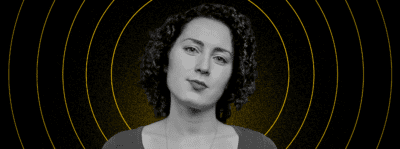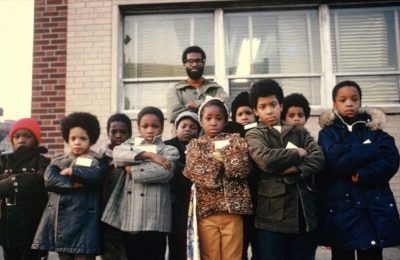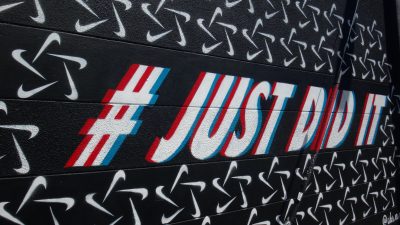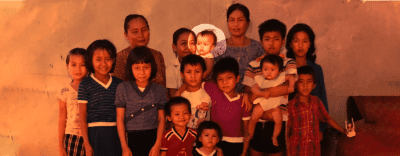Courtesy A24
Jenny Slate on what makes Marcel the Shell tick
The actor discusses a movie a decade in the making, working with Isabella Rossellini, accusations of anti-Semitism and more
If you visit Davoll’s General Store in South Dartmouth, Massachusetts, you might bump into actress Jenny Slate perusing books or trying local food. “I’m a loyal customer,” she says.
Well, of course she is: Slate’s husband, Ben Shattuck, reopened the store — the oldest of its kind in the country — in 2021, the same year the couple were married.
Slate splits her time between raising her toddler Ida with Shattuck in South Dartmouth, and making movies, including voicing quite a few animated characters. But Ida hasn’t seen mom’s new movie.
“She really hasn’t watched a lot of anything,” says Slate. “We’re into books and running around.”
In “Marcel the Shell with Shoes On,” Slate voices Marcel, a one-inch-tall shell who lives with his grandmother Connie (voiced by Isabella Rossellini). The story follows Marcel on a sweeping, emotional journey to reunite with his family.
Marcel was created, almost accidentally, in 2010. Slate was feeling cramped in a shared hotel room with four friends and started speaking in a tiny voice about how small she felt. Dean Fleischer Camp, her boyfriend at the time, liked the voice and asked Jenny to record it with him for a short that turned into an internet sensation.
The couple made another Marcel short in 2011, married in 2012, divorced in 2016, and through it all, their creative partnership for “Marcel the Shell” continues to this day. Camp directed the “Marcel” feature film for A24.
“Marcel the Shell,” released June 24, is one of Slate’s four current animated projects including the shows “The Great North” and “Bob’s Burgers,” and “The Bob’s Burgers Movie.” In March she starred in “Everything Everywhere All at Once,” a live-action movie about an aging Chinese immigrant who’s sucked into a multiverse where she alone can save the world.
“Everything Everywhere” faced a small controversy when the filmmakers were accused of anti-Semitism because they named Slate’s character “Big Nose.” We discuss the accusation its fallout with Slate as she joins us for a wide-ranging conversation about creating Marcel 12 years ago, how she used bread and noodles to make Marcel’s endearing character traits, and her idea for a children’s show.
This interview has been lightly edited.
You lived in Brooklyn when you and Dean created Marcel. What’s your favorite place to visit in the borough?
Cobble Hill Park is really my fave, and as for Marcel, he hasn’t been out of the house ever in his life, so I don’t think he’s seen much of Brooklyn.
Marcel’s public debut was a three minute short played during a comedy show in Brooklyn a decade or so ago. Were you there?
Gosh, I wasn’t there, I was at a reunion of my summer camp. So I remember Dean texting me, “Oh my gosh, people really liked it. Someone asked if they can put it online. Can we do that?” I said “Yeah, sure!” but I didn’t really think much about it.
Was it always apparent that Marcel is a vehicle to show feelings usually difficult to express?
Looking back, I was doing it without thinking much about it. But now I see it that way. Now I sort of seize the moment when I’m going to play Marcel and think about how to portray his emotions. At the time, it was more just going on feelings and not thinking a lot about what it was.
Some of my favorite details in the movie are Marcel sleeping in a “bread room” and that he plays a noodle like a horn.
We were looking for things for Marcel to do that seemed to make sense. That’s why it’s not too sappy or cloying. Marcel doesn’t think of himself as super cute. He just thinks of himself as himself, and isn’t really trying to put those qualities on himself. So we really just tried to think of the utility of the thing. But then of course, it’s just so silly, because you’re seeing things like noodles, that we use for one thing, being used for a totally other thing. And that’s always funny,.
Did your role in “Everything Everywhere All At Once” lead to your connection with “Marcel’s” animation director Kirsten Lepore, who is married to “Everything Everywhere” co-director Daniel Kwan?
“Marcel” took seven years to make, so we met way before I went on set for “Everything Everywhere.” Dean and I met her independently and Kirsten was always the person we wanted to be the animation director. We saw her short films and were just astounded by her artistry and how beautiful her films were.
How did you feel about the accusation of anti-Semitism because Michelle Yeoh’s character Evelyn mocks your character’s nose?
I didn’t really know about the upset until the release of “Marcel.” I was on a big break from social media, but the directors did get in touch with me because they were worried that I might be hurt. When I said I would do the part, I knew this character’s name was “Big Nose.” Daniel Kwan explained to me one of the common insults in the Chinese community is to tell someone they have a big nose, which is not something I had heard about, but it also didn’t really concern me. I’d never felt that it was anti-Semitic. I felt that it was a comment on Evelyn’s instincts and limits as a person at that part of the film. It’s a film that has to show bad behavior as a part of growth towards beauty and freedom, and I’m on board with it.
Did you cast Isabella Rossellini as Marcel’s grandmother Connie because of her work playing an array of insects in eight short films called “Green Porno?”
I loved “Green Porno” but we wanted to also work with someone who seems really playful and curious and who seems like a true artist. The process of recording “Marcel” was a very live one, and one that requires you to be playful and open and not be a big planner. But to also take things seriously that are tiny and small. Isabella had already done that with her own work and we hoped that she would do this with us, but it was always a long shot because she’s just so incredible and such an icon. It was a huge honor that she would be a part of our film and be a part of our process, which was definitely kooky.
Marcel’s family members are shells, but also Cheetos and other inanimate objects. Where did you get the idea to expand the types of things related to Marcel?
That was really on the production side. There was an artist who created all of the figures under the direction of Dean and Kirsten. Every time I would see a picture of the new character designs of his extended shell family, it would just explode my heart. At least for me, seeing that some of his family are shells, but some of them are other tiny foods and found objects, it shows we’re all so different.
Do you want to make other stories for children and families?
I really, really want to make a show for children, but in the way that “Marcel” is appropriate for children, and adults really enjoy it. That’s what I would be aiming for. Right now, programming that’s made just for children feels really limited and often condescending. It has a lot of shortcuts in the character design or in the loudness of it or color palette being the brightest, loudest, cutest thing. I know that as a kid that was almost confusing to me, because it didn’t connect to the world around me. I would seek to make a show that took place somewhere that seems real, with all of the colors that occur in nature. But much like “Marcel,” with gentle insistence and examples that magic is real. That’s what I would like to do, and it would be really fun to do a lot of singing and dancing. I feel the urge to do that these days.
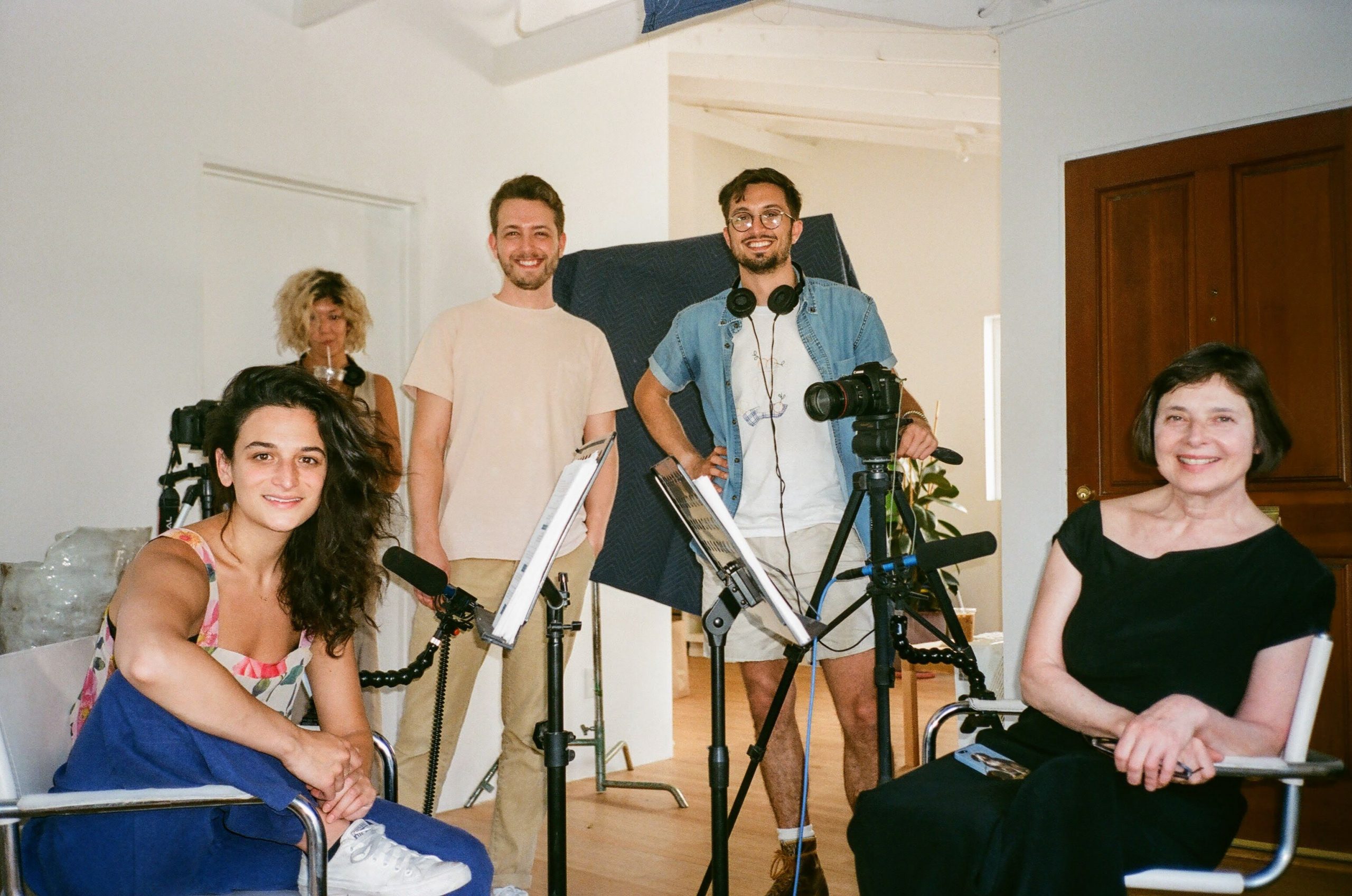
Slate, left, and Rossellini (far right), with Camp second from right (Courtesy A24)
You might also like 

















